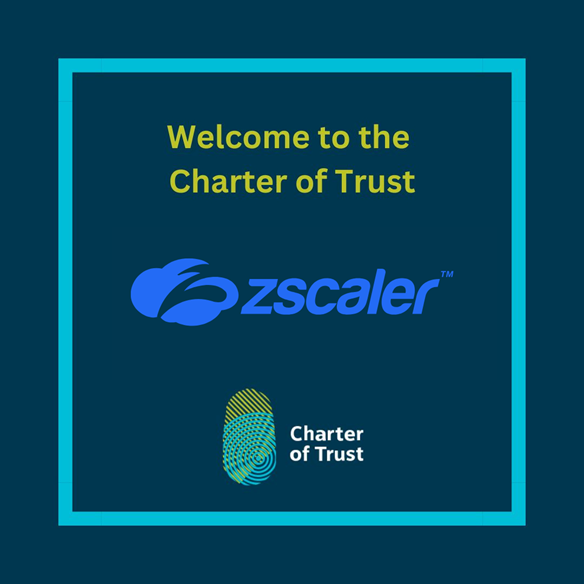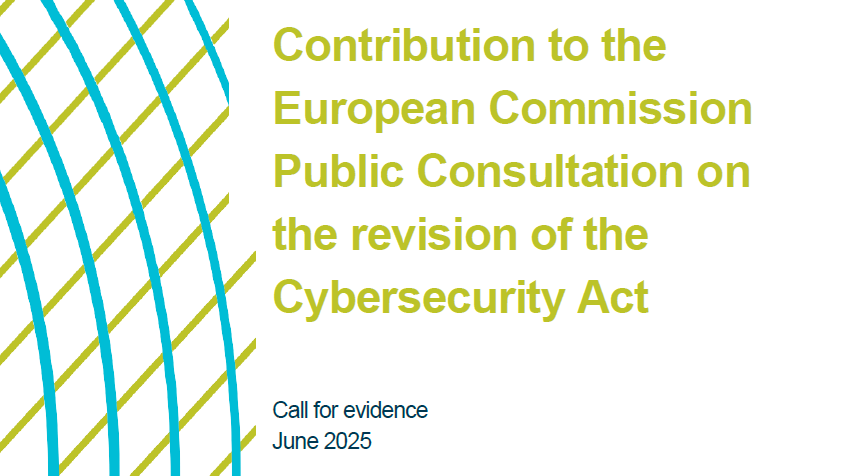By Julian Meyrick, Managing Partner & Vice President, Security Strategy Risk & Compliance, Security Transformation Services, IBM Security
Cyber threat hunting — proactively chasing increasingly sophisticated and pervasive cyberattacks — has been around for some time. However, existing approaches of cyber threat hunting rely on repeated and tedious knowledge encoding on specific data platforms, which can be very time-consuming.
In cybersecurity, time is of the essence. Every hour it takes to detect and respond to a threat leaves attackers more time to do damage. Unfortunately, rather than benefiting from the threat-hunting community’s collective knowledge and sharing code, cybersecurity professionals end up working in relative isolation and rewriting the same programs over and over with each new attack. In this context, the value of an open-source threat-hunting programming language could help solve that issue.
Kestrel Threat Hunting Language offers threat hunters a means to perform cyber reasoning and threat discovery much faster and easier than ever before. Developed jointly by IBM Research and IBM Security and based on years of experimentation in DARPA’s Transparent Computing program’s adversarial engagements, Kestrel offers Security Operations Center (SOC) analysts and threat hunters a domain-specific language that lets them devote more time to figuring out what to hunt, as opposed to how to hunt.
Letting threat hunters do what they do best
Cyber threat hunting is intended to serve as a countermeasure against today’s threats, many of which are built dynamically and customized to attack specific targets. These stealthy attacks can circumvent existing security measures at various levels and cannot be fully captured by pre-programmed detection systems and analytics.
Even with the influx of numerous open-source and commercial investigation tools, cyber threat hunting lacks the efficiency needed to be truly effective. Time and intelligence that should be focused on reasoning about sophisticated threats is instead spent on mundane tasks, such as crafting queries for different data sources, interpreting their results, and recording those results in spreadsheets.
IBM designed Kestrel to codify different steps and flows involved in threat hunting. That includes understanding the security measures in the target environment, thinking about potential threats that escape existing defenses, obtaining useful observations from system and network activities, developing threat hypotheses, revising threat hypotheses iteratively with the last two steps, and confirming new threats.
As a language for threat hunters to express what they are hunting, Kestrel helps hunters organize their thoughts about threat hypotheses around entities, which include numerous identifiable systems or network objects.
Under the hood, Kestrel runtime automatically reassembles an entity using pieces of information from different records or logs that describe different aspects of that entity. Kestrel also proactively asks data sources for additional information about different entities in order to ensure threat hunters have all of the information available to track down root causes and impacts of suspicious activity, as well as create and revise threat hypotheses as needed.
Security in community
Kestrel uses Structured Threat Information Expression (STIX), an open-standard for expressing and exchanging cyber threat data and intelligence. Kestrel runs on top of STIX-Shifter — another open source project by IBM Security — to automatically compile threat-hunting steps down to the native languages that the different data sources speak and execute. Beyond patterns, Kestrel abstracts hunting knowledge codified in analytics and hunting flows. Shareable, composable and reusable threat-hunting flows are critical — look no further than the SolarWinds attack to understand the importance of sharing threat intelligence and analysis across multiple organizations.
Ultimately, Kestrel will give threat hunters the ability to focus on the most interesting aspect of their work — the thrill of the hunt. In doing so, it will make cyber threat hunting more exciting that ever, and allow cybersecurity professionals to spend their time and energy untangling sophisticated threats and raising the level of skill and effort required to launch successful attacks in the future.


You may also like

Charter of Trust Welcomes Zscaler
Zscaler is a leading cloud enterprise security provider helping global businesses accelerate their digital transformation by becoming more agile, efficient, resilient, and secure.
With Zscaler as a partner in the Charter of Trust, we aim to strengthen global cyber resilience through trust – by fostering actionable collaboration between industry leaders, governments, and public-private platforms. Zscaler brings robust expertise and innovation to the table, making it the ideal partner to drive this mission forward.
“Zscaler is excited to drive meaningful change alongside our new partners, laying a foundation of trust essential for successful digital transformation,” said Sam Curry, Zscaler CISO. “In today’s world, the need for reducing inherent trust and default access has never been greater. To truly stay ahead of ever-evolving threats, we must unite as a coalition of practitioners. Cyber attackers aren’t taking breaks, and with advancements like artificial intelligence, quantum cryptography, and emerging technologies on the horizon, collaboration is the key to securing the future.”
“We are proud to welcome Zscaler to the Charter of Trust. Their focus on cybersecurity innovation and commitment to openness reflect our shared ambition to create a safer, more resilient digital future. Together, we’ll strengthen trust, transparency, and security across the global digital landscape.” highlighted Dr. Summit Chada, Charter of Trust Co-Chair and COO Group Security & Business Lines CISO at Atos.
“With Zscaler as a Partner of the Charter of Trust, we believe that we can strengthen the global commitment to secure digital transformation by combining technological innovation with the Charter of Trust’s collaborative approach to cybersecurity leadership.” Ralf Schneider, Charter of Trust Co-Chair and Senior Fellow and Head of Cybersecurity and NextGenIT Think Tank at Allianz SE, welcomes Zscaler to the Charter of Trust.
We are excited to join forces and work together to advance digital trust and security across industries.

Contribution to the EU Commission Public Consultation on the revision of the Cybersecurity Act
We support Policy Option 2, which focuses on targeted regulatory measures that address key challenges without creating unnecessary complexity. In this context, we emphasize the need to enhance the role and resources of ENISA, to ensure effective implementation of both current legislation and the European Cybersecurity Certification Framework (ECCF).
Our recommendations aim to improve transparency, collaboration, and efficiency across the EU’s cybersecurity landscape. These include:
- Introducing clear timelines for the development of certification schemes.
- Enhancing stakeholder engagement throughout the process.
- Establishing more structured communication channels between ENISA, the Stakeholder Cybersecurity Certification Group (SCCG), and sectoral ISACs (Information Sharing and Analysis Centers).
We call for a stronger ECCF, one that is transparent, inclusive, and aligned with international standards to foster global interoperability and ease compliance for organizations across borders. Equally critical is the harmonization of certification practices across EU member states and the mutual recognition of certifications to minimize regulatory fragmentation.
The Charter of Trust advocates for technically robust, standards-based certification schemes, with well-defined roles and responsibilities. We also stress the need for clarity on the interplay between voluntary and mandatory certifications, particularly in relation to the upcoming Cyber Resilience Act (CRA).
To streamline compliance and reduce administrative burden, we propose a unified, risk-based incident reporting regime that consolidates requirements under regulations such as NIS2, CRA, GDPR, and DORA. This would not only simplify reporting for organizations but also enhance the EU’s overall cyber resilience. In addition, we recommend incorporating liability protections and grace periods for incident disclosure.
Finally, we urge the Commission to strengthen supply chain security by adopting a risk-based classification approach and establishing baseline cybersecurity requirements for ICT suppliers.
The Charter of Trust remains fully committed to supporting the European Commission in shaping a secure, resilient, and trusted digital future for Europe. We look forward to continued collaboration in building a cybersecurity framework that meets the needs of all stakeholders, today and in the years to come.




